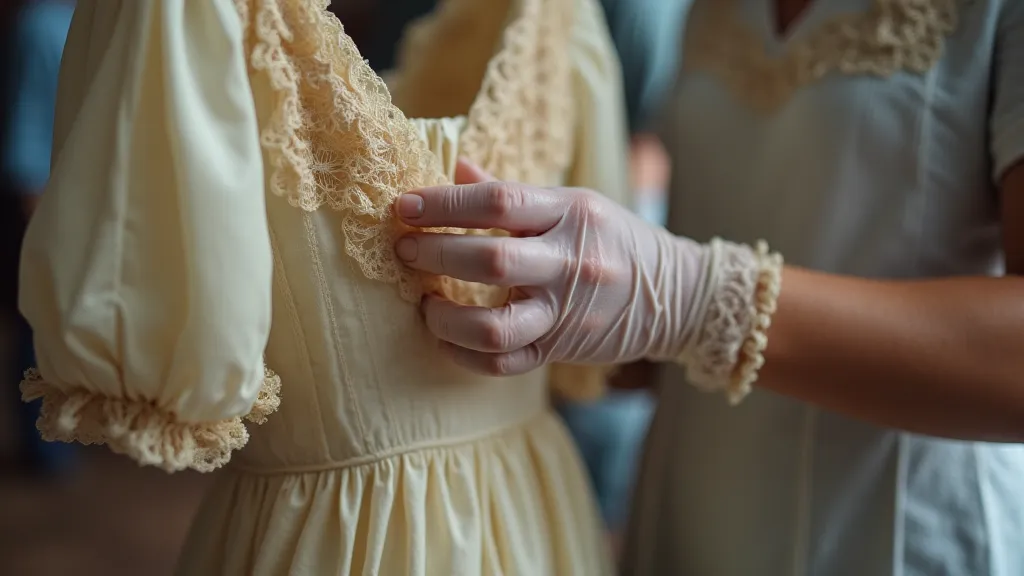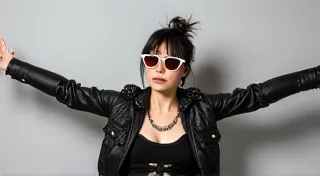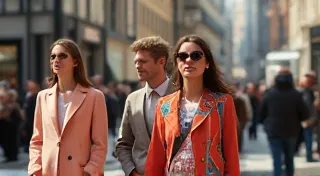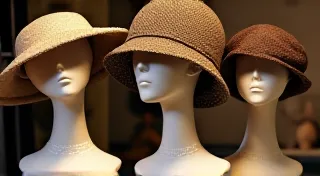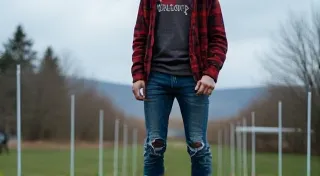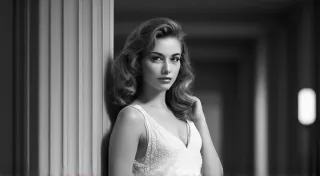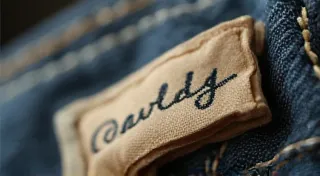How to Spot a Genuine Vintage Piece: Identifying Authentic Details
The thrill of discovering a true vintage find is unparalleled. But with the rise of reproductions and cleverly marketed "vintage-inspired" pieces, it’s becoming increasingly important to develop a keen eye for authenticity. This article will equip you with the knowledge to differentiate a genuine vintage garment from a modern imitation. Let’s delve into the telltale signs!
Understanding the Landscape of Vintage
Before we jump into specifics, let's acknowledge the spectrum of vintage clothing. We’re generally referring to clothing at least 20 years old (anything from the 1950s to the early 2000s). The older the garment, the more subtle – and often more telling – the details will be. Remember, production techniques and materials have changed significantly over the decades.
Fabric and Materials: A First Clue
One of the most revealing aspects of vintage clothing is the fabric. Modern fabrics are often designed for durability and ease of care, often resulting in a uniform feel and appearance. Vintage fabrics often tell a story of their time.
- Natural Fibers Dominate: Prior to the 1970s, natural fibers like cotton, wool, silk, linen, and rayon were the norm. While blends existed, a garment predominantly composed of synthetics (like polyester) is less likely to be truly vintage, unless it’s from the late 1970s/early 1980s.
- Texture Matters: Vintage cotton often has a different weave and feel compared to modern cotton. It’s often softer and has a slight "slub" or imperfection. Rayon (often called viscose) can have a distinctive sheen and drape.
- Labels: While not foolproof, vintage labels can offer clues. Research label variations based on the era. Labels can be faked, so look at the printing quality, font, and overall construction.
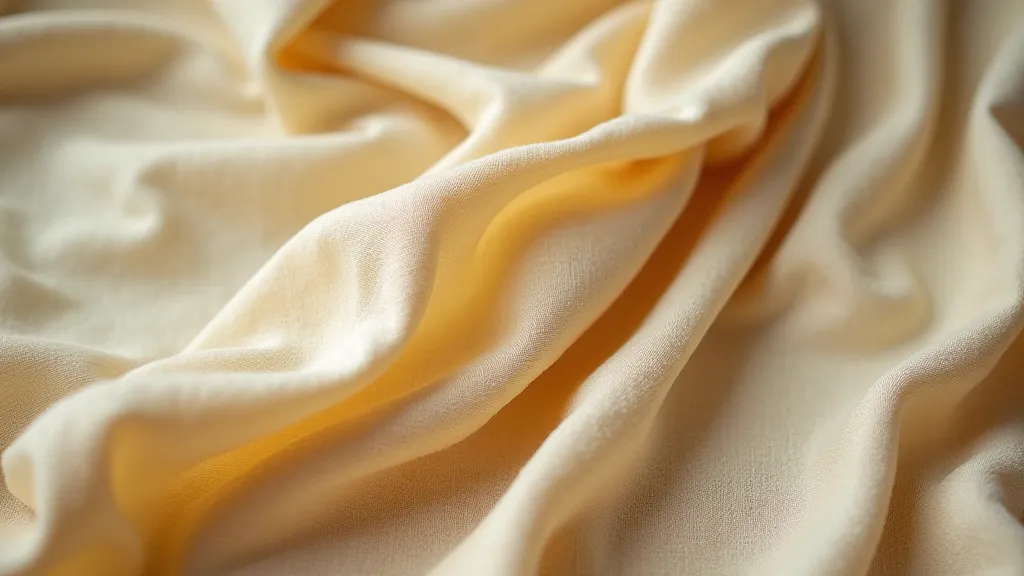
Construction Details: The Devil’s in the Details
The way a garment is constructed provides significant insights into its age. Vintage clothing was often made with meticulous hand-finishing and labor-intensive techniques.
- Seams and Stitching: Look for hand-sewn details, even if just for finishing touches. The stitch length and quality often differ between vintage and modern sewing machines. Vintage stitching is typically more consistent and even.
- Linings: Linings were commonly used in vintage garments, especially those made from more delicate fabrics. The type of lining (cotton, rayon, silk) can also indicate the garment's age and quality.
- Closures: Buttons, zippers, and hooks & eyes are all indicative of an era. Look for older style buttons (like bakelite or covered buttons). Zippers will likely be metal rather than plastic in earlier garments.
- Shoulder Pads: Shoulder pad construction and style changed dramatically over the decades. Recognizing these variations can help pinpoint a garment’s era.
- Underarm Shields: Many vintage garments feature underarm shields made of cotton or sheer fabric. These were designed to absorb perspiration and were often hand-stitched in place.
Era-Specific Nuances
Each decade has its own unique construction and style characteristics. Familiarize yourself with the trends of different eras.
- 1940s: Saddle shoulders, bias cuts, simple closures, and often a wartime utilitarian aesthetic.
- 1950s: Full skirts, fitted bodices, nipped waists, and a focus on femininity.
- 1960s: A-line silhouettes, Mod styles, and the beginnings of synthetic fabrics.
- 1970s: Bell bottoms, platform shoes, and a wide range of bold colors and patterns.
- 1980s: Oversized shoulders, power dressing, and a focus on bright colors and bold prints.
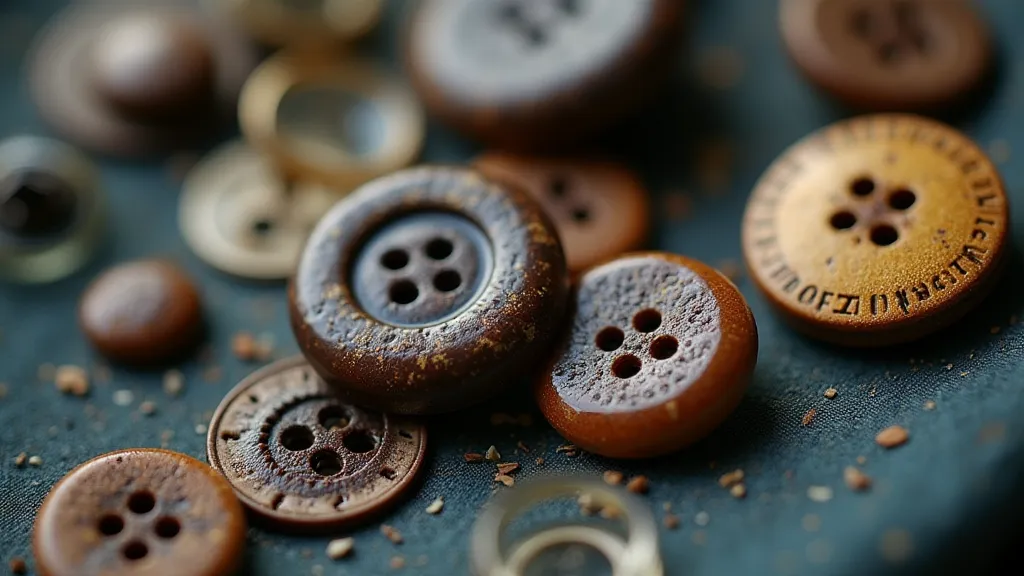
Beyond the Garment: Packaging and Presentation
Consider how the garment was presented. Vintage clothing often shows signs of storage and age – a slightly musty smell, minor discoloration, or subtle wear. Be wary of items that appear pristine or have been overly “cleaned,” as this could indicate an attempt to mask imperfections or even alter the garment’s age.
Final Thoughts
Identifying genuine vintage clothing requires practice and a keen eye. Research, observation, and a deep appreciation for fashion history are your best tools. Don’t be afraid to ask questions and examine details carefully. Happy hunting!
